Fig / Summer / Autumn / Edible
Fig is a non-native small tree or large shrub with edible fruit and leaves. Originally from the Mediterranean and Asia, it has been grown in the UK since the 16th century.
Common Names
Fig, Adriatic Fig, Symrna Fig
Botanical Name
Ficus carica
Scientific Classification
Kingdom – Plantae
Order – Rosales
Family – Moraceae
Physical Characteristics for Fig
Leaves
The bright, green leaves are large up to 25cm long and almost as wide. They are deeply lobed (typically 3-5 lobes). They have a slightly serrated edge, are hairy and are fragrant when crushed.
Flowers
What we call the fruit is actually something called a syconium, a cup like structure that is lined internally with numerous uni-sexual flowers. The tiny flowers bloom inside this cup-like structure so are hidden from view.
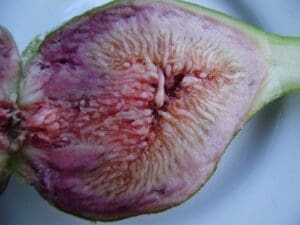
Fruit
The syconium develops into pear-shaped ‘fruits’. They are green when young but turn dark purple to black when ripe. At the base is an ostiole, Up to 5cm long. The fruits normally ripen in late summer and autumn, although in the right conditions they can fruit twice a year. When the skin is damaged a milky latex type sap is released.
Habitat
You would be lucky to find one in the wild but they are planted a lot in gardens and parks.
Known Hazards
Contact with the milky sap followed by exposure to ultraviolet light can cause phytophotodermatitis, a potentially serious skin inflammation.
Could be Confused with
They are very distinctive and there aren’t many lookalikes around.
Edible Uses
The fruits can be eaten raw and cooked. The fresh fruits only keep for a few days but they dry very well. I use them in deserts as well as in North African style stews such as tagines.
The leaves contain Vitamin A, B1, and B2, calcium, iron, phosphorus, manganese, sodium, and potassium so are a good addition to your diet. They can be used as a spinach alternative, they make a lovely tea and are good for wrapping food in to protect it from the fire or BBQ.
Notes on Herbal Uses
Figs are used as a mild laxative and are common mixed with Senna in some over the counter treatments.
The leaf is used for conditions such as diabetes, high cholesterol, and skin conditions.
The latex type sap is said to be effective in removing warts.
Extra notes from the Foragers
You may have heard stories online about when you eat a fig you are in fact eating wasps? It is sort of true depending on where you get your figs from.
Figs have been cultivated for thousands of years and many different cultivars exist.
There are in general 3 types of fig plant;
Persistent, these produce fruit without being pollinated, (the most common species grown in the UK ‘Brown Turkey’ belongs here)
Caducous, these require cross pollination from the Fig wasp (that aren’t native to the UK)
Intermediate, these produce 2 crops, the first doesn’t need to be pollinated while the second crop does.
References:
http://planetfig.com/articles/fareng2593.html



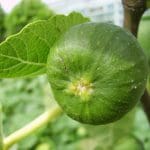

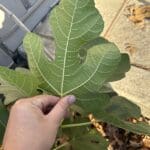
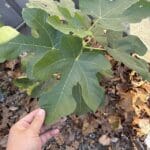
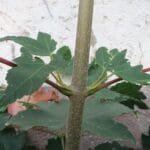
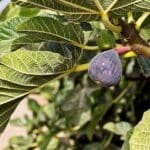
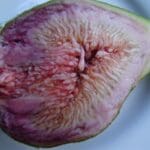



Leave a Reply
You must be logged in to post a comment.